On-page SEO is a HUGE factor for search engine optimisation.
It refers to the practice of optimizing individual pages of a website in order to rank higher on search engines like Google.
Let me guess:
You have read all the SEO guides out there.
Tried mastering all search engine ranking factors, so-called ‘experts’ tell you about.
But it just doesn’t seem to work?
Here’s the deal:
If you are looking for quick and actionable on-page SEO techniques that you can use right now to rank higher in Google.
You are going to love this post.
With just 1 backlink.

On-Page SEO Tutorial
1. Blog Post Title
Your title tag is the first thing a search engine analyses and it is used as a preview snippet of the entire page.

A title tag should be expressive and short because if it is too long search engines may cut it off.

The optimal length of a title tag should be around 50-60 characters.
Here’s another tip:
Use your focus keyword in the beginning of the title tag, the closer it is to the beginning the more importance it gets by search engines.

Also:
Avoid stuffing all your keywords in the title tag because it could have a negative effect.
Which would send your post tumbling down in search engine results pages
2. Use URLs Search Engines Love
Most of us don’t even look at the site URL before we hit the mouse button.
But Search engines closely examine URL structures.
You must be wondering.
What URL does Google prefer?
Sites that rank on the first page of Google have a short URL.
And it always contains their focus keyword.

This will help you:
Take a look at this infographic by FME Modules which provides Tips For Structuring URLs.
3. Use Amazing Infographics
 Amazing graphics with proper image optimisation encourage your visitors to share the image and stay longer on your page.
Amazing graphics with proper image optimisation encourage your visitors to share the image and stay longer on your page.
Why is that important?
Even though social sharing is not a direct ranking factor, it still sends a positive signal about your page.
Session duration and bounce rate also play a big role in search rankings.
Your ultimate goal is to reduce bounce rate and increase average session duration.

You use these tools to create your own amazing graphics.
4. Keyword Density
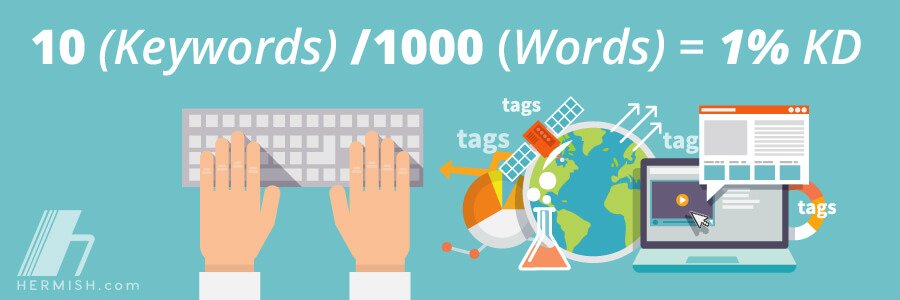
Even though keyword density is not as important as it used to be, it still might have some influence on SEO.
It is the percentage of times a keyword appears on a page in comparison with the total number of words on the page.
What is the ideal keyword density?
Even though there is no definite percentage, you should aim for at least 10 keywords per 1000 words.
5. Increase Site Speed

Site loading speed has a lot of influence on rankings as stated by Google.
So, it is a very essential factor when it comes to on-page SEO.
If your page takes more than 4 seconds to load, you lose 75% of your total re-visits.
As a result:
Search engines interpret it as a low level of satisfaction and don’t pay much attention to your website.
The best way to increase your site speed is by upgrading your host.
You can check your page speed on Pingdom Speed Test.
6. Boost Session Duration
If someone is not satisfied with your page, the first thing they do is close it.
When readers spend very little time on your page it shows that your content quality is low and that the readers are not satisfied.
(Low quality = NO TRAFFIC).
To boost your session duration, you should focus on writing engaging content.
Check out Brian Dean’s SEO Copywriting Guide to increase time spent on your website drastically.
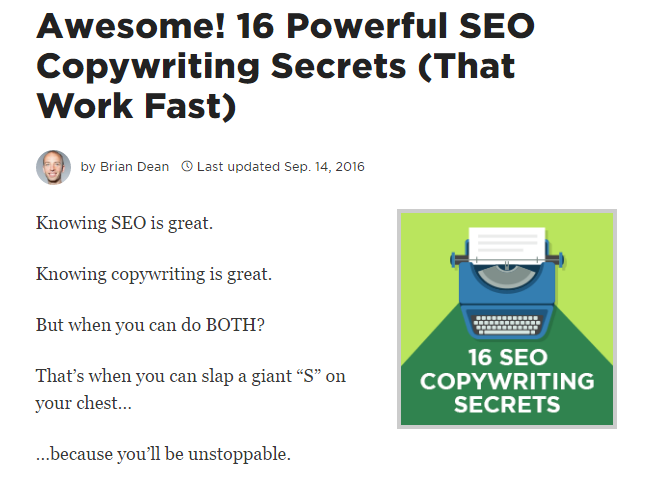
When I came across Backlinko’s post, I decided to seriously implement the methods mentioned.
Want to know the best part?
I increased my On-Page time by 107.05%.

7. Internal And External Linking
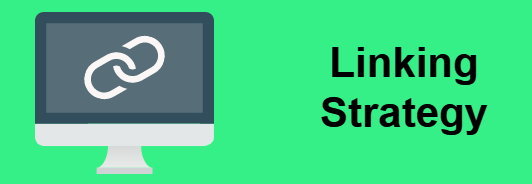
Internal links increase crawl-ability of your website by search engine spiders.
This helps search engines index your page and understand what it is about.
External linking to high authority websites which are relevant to your topic helps in increasing your Page Authority.
You should aim for at least 2-3 external links per 1000 words.
8. Use LSI Keywords

LSI is a method that search engines use to understand your content.
The keywords are simply synonyms of your target keyword that are used to show the relevance of your page.
The best technique is to use them throughout the content.
The easiest place to find LSI keywords is Google.
Here’s how:
Search for your main keyword and then scroll down to the bottom.
These suggestions are your LSI keywords.

9. Write Long-Form Blog Posts

I can’t stress this enough:
Content length and search rankings have a direct co-relation, websites with longer content tend to rank higher than the competition.
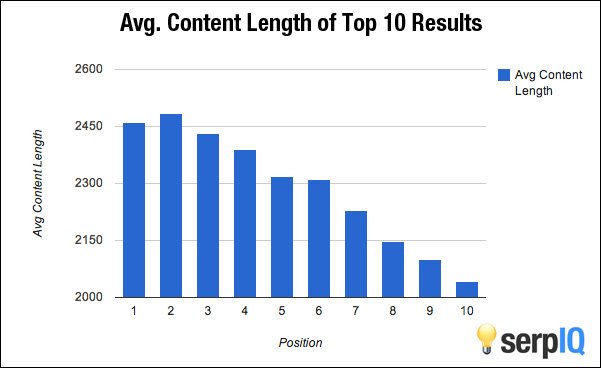
In-depth long-form content boosts your SEO, while also providing you with high-quality backlinks.
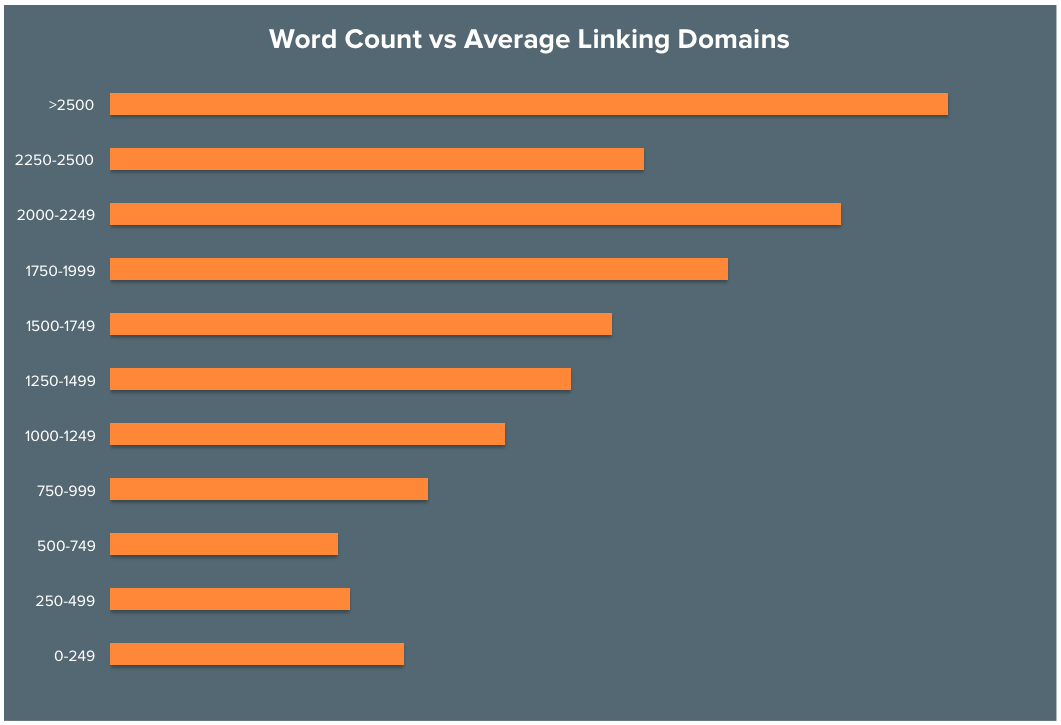
Therefore:
You should aim for at least 2000+ word count.
Although publishing long content is important, you should never compromise on content quality.
Research your topic thoroughly and cover all aspects, it will naturally lead to good quality content.
10. Well-Structured Content
While you are brainstorming your article try to organise everything with sub-headings, charts and points.

This helps people to understand the most out of your page.
As a result:
The more they learn the more they would like to read
It is a direct sign of good user experience.
(HINT: Good User Experience=Longer Session Time)
11. Structured Data & Schema Markup

Schema markup is a type of code which breaks down different elements of your page for the search engines to understand.
This information is then used to return relevant results in the form of snippets.

Google even provides a free tool for data markup.
Visit Google’s Structured Data Markup Helper.
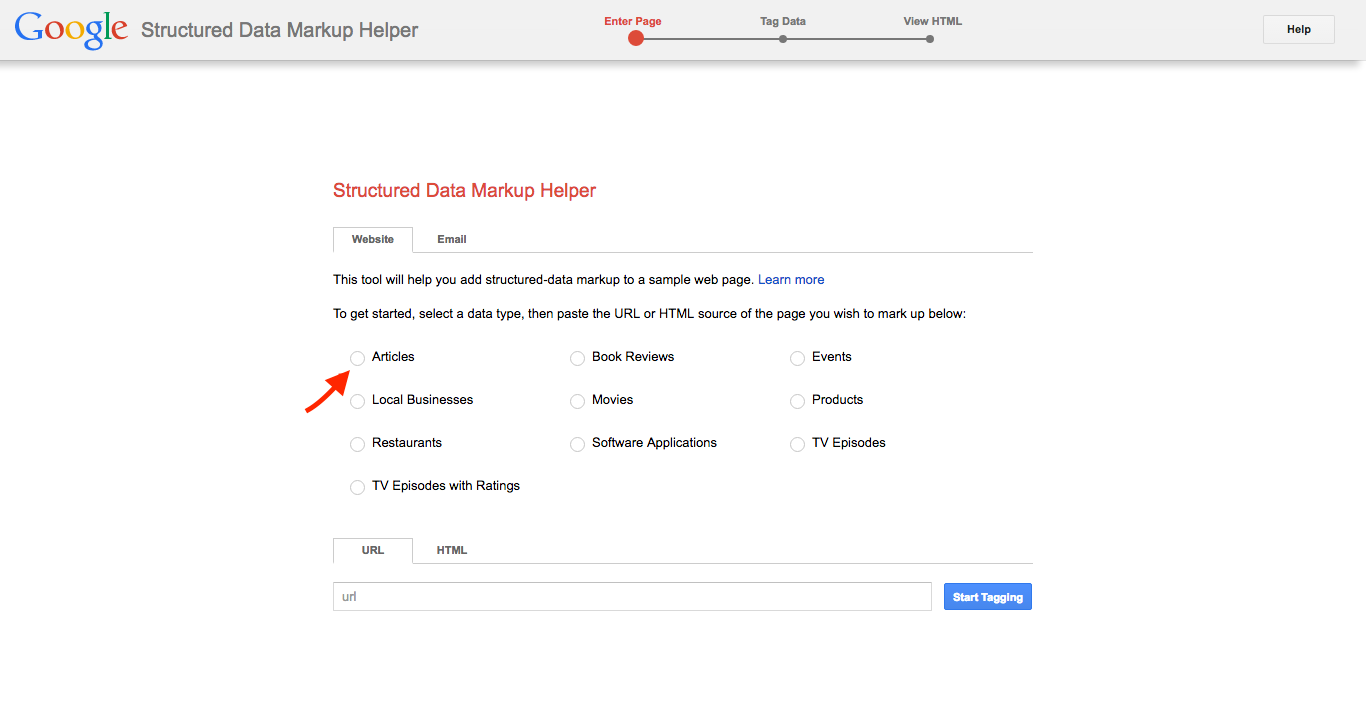 1) Select the Articles option and enter URL of your blog post or copy and paste the HTML file.
1) Select the Articles option and enter URL of your blog post or copy and paste the HTML file.
 Once your page loads up, it’s time to start tagging elements.
Once your page loads up, it’s time to start tagging elements.
2) To mark elements simply highlight them. For eg. select your title and click on the name option.
 3) After you are marking up, click on the ‘Create HTML’ button on the top right and copy and replace your original code.
3) After you are marking up, click on the ‘Create HTML’ button on the top right and copy and replace your original code.

 12. Image Optimisation For On-page SEO
12. Image Optimisation For On-page SEO
Here are the best tips for image optimisation:
1) Make sure at least one image has your target keyword in their file name as well as alt text.
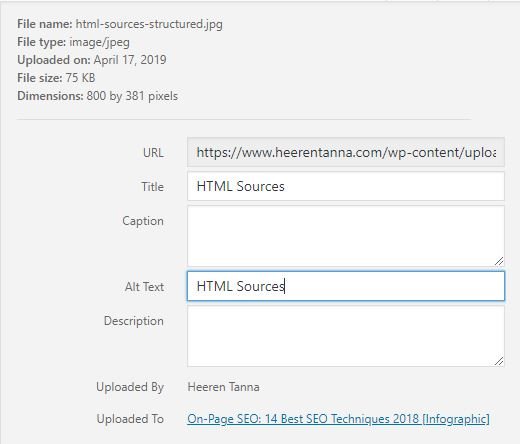
2) Pay attention to image file size. If your image is too large it would take more time to load which is very bad for SEO.

Here’s the solution:
You can compress images without compromising on image quality using Smush.it.
Smush.it is an image compression tool that optimises all your images for faster loading.
3) Use a CDN service to increase the overall load time of your page boosting your on-page SEO.
A CDN provider uploads your website data to several servers around the world so that when users access your website they use the server closest to their location.
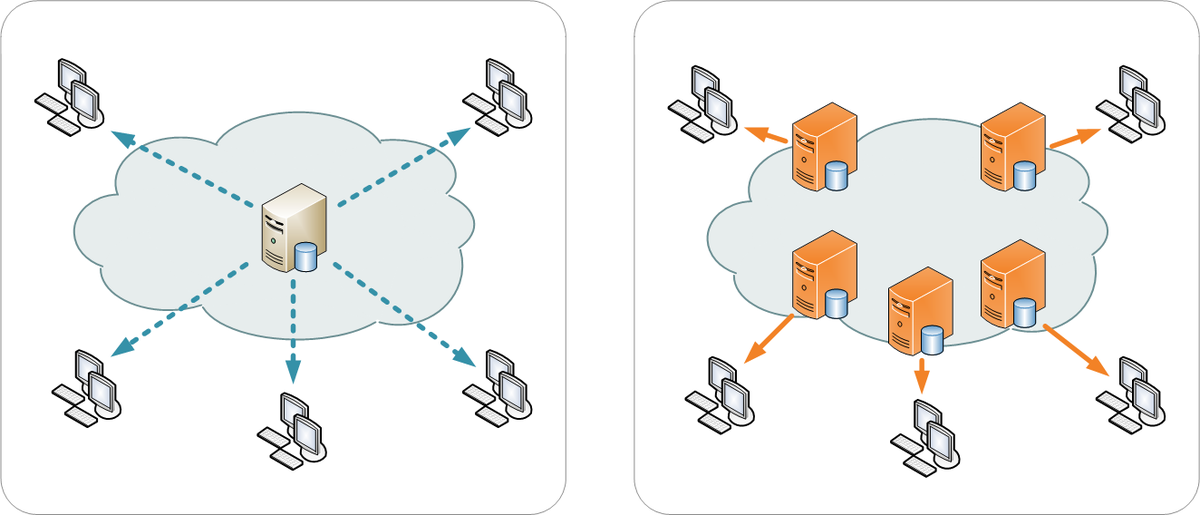
13. Implement Responsive Design
 According to Wikipedia
According to Wikipedia
“Responsive web design (RWD) is an approach to web design aimed at allowing desktop web pages to be viewed in response to the size of the screen or web browser one is viewing with.”
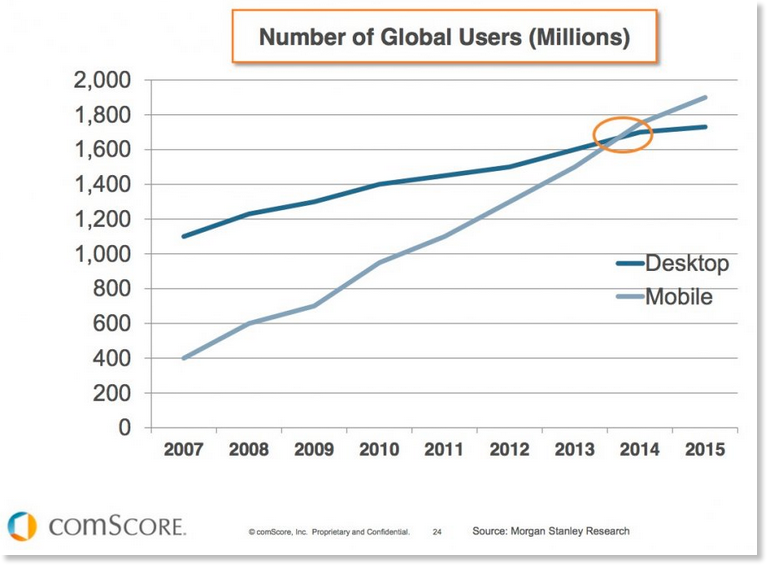
A large chunk of Google’s search traffic comes from mobile devices.
Therefore it makes sense for it to be an important on-page SEO factor.
14. Optimise Meta Description

The meta description is an HTML tag which is used by search engines to display the summary of your page in the form of snippets.
The best way to optimize the meta description is by using LSI Keywords.
The optimum length of the meta description is about 160 characters, make sure you create the perfect meta description.
Conclusion
These 14 on-page SEO techniques can boost your search engine rankings when implemented correctly.
Remember this
For on-page SEO to work, you need to create great information-rich content that people would love to read.




Hey Heeren, first time on your blog and I have to say that you have done a great research while crafting this article. This is a perfect article to learn everything about On-Page SEO with all relevant images. Thanks a lot for sharing such detailed guide & educate people through yoru blog.
Thanks Alot Santanu,